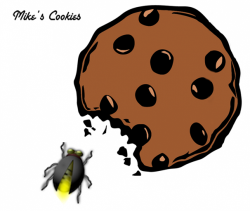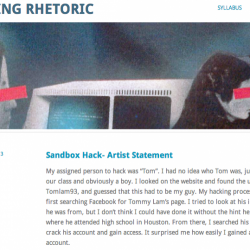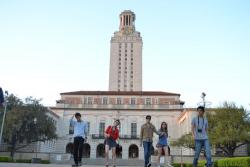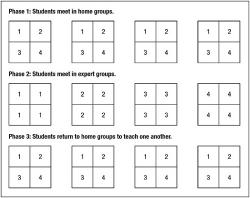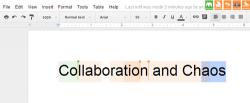
If you’re anything like me, you may be hesitant to set up a new platform for teaching and writing in your classroom. Or, even if you’re convinced that blogging in a rhetoric or literature classroom is a great idea, you may avoid doing so because you’ve never run a blog, been a blogger, or fear the possible breakdowns of working online in an unknown digital space and losing student work.

